Olive oil should taste alive — fresh, layered, and vibrant. Yet despite its popularity, too many bottles on the shelf miss the mark. Olive oil sommelier Wilma van Grinsven-Padberg breaks it down clearly in her book The Olive Oil Masterclass. Here’s what every food lover needs to know to find high quality olive oil — and enjoy it the way it’s meant to be.
Start with the only oil that counts: Extra Virgin
There’s one category that delivers the flavor and health benefits people expect: Extra Virgin Olive Oil (EVOO). Anything less is a compromise. As Wilma notes, “Unfortunately, there are a lot of low-quality olive oils claiming to belong to the highest quality category of olive oil, which is Extra Virgin Olive Oil (EVOO).”
There are so many things to say about real Extra Virgin Olive Oil, but so little is known. A lot of big olive oil brands are trying to use this lack of information amongst consumers. They pretend to sell high quality olive oil, when in fact it is low. Our mission is to change this situation to the better by offering not only high quality olive oil but especially through educating our community. That’s why we were so happy to read the brand new book of Wilma van Grinsen-Padberg.
Ignore the color
Green doesn’t always mean good. Neither does golden. Color is not a quality indicator. As Wilma says, “Colour doesn’t say anything about high quality olive oil.” Professional tastings are done in colored glasses for exactly this reason.
Labels decoded: what “extra virgin” actually means
If a bottle says Extra Virgin, the oil is:
- obtained purely by mechanical means (no solvents),
- extracted at controlled low temperatures (often called “cold extraction”).
These are some of the requirements for quality, but not the only one. Cold pressed is also possible with olives that are lower in quality. “Unfortunately, there are a lot of low-quality olive oils claiming to belong to the highest quality category of olive oil, which is Extra Virgin Olive Oil. These businesses are selling Extra Virgin Olive Oil that is not 100% pure and mixed with low-quality oil in order to keep prices low.”, states Wilma van Grinsven-Padberg.
Trust your nose first
Quality EVOO smells fruity and fresh. Look for aromas like tomato vine, green grass, almond, artichoke, herbs, or banana. On the palate, great EVOO balances fruitiness, pleasant bitterness, and a peppery kick. That harmony signals healthful polyphenols and careful processing.
By definition, EVOO has free acidity ≤ 0.8%. You can’t taste acidity directly, but higher levels often correlate with defects (rancid, musty). Blending lower-grade oils to mask flaws is common in the mass market; Wilma’s rule of thumb holds: “A good olive oil is never cheap.”
Where to buy (and how to choose)
Shop specialty or delicacy stores that can discuss harvest dates, varieties, and tasting notes.
- Check for harvest year and prefer the most recent season.
- Taste before you commit when possible. You’re looking for that fresh, balanced trio: fruitiness, bitterness, and pungency.
Why we care at Neolea
We exist to bring people back to the table — with food that tastes bright and brings conversations to life. That’s why we obsess over fresh harvest EVOO, close relationships with growers, and transparent quality. Education is part of the joy: when you know what great olive oil is, you’ll never go back.
For additional info about this topic we can highly recommend reading Wilma van Grinsven-Padberg’s book - The Olive Oil Masterclass - which is available in English, German, French and Dutch (also available as ebook version in Dutch and English).

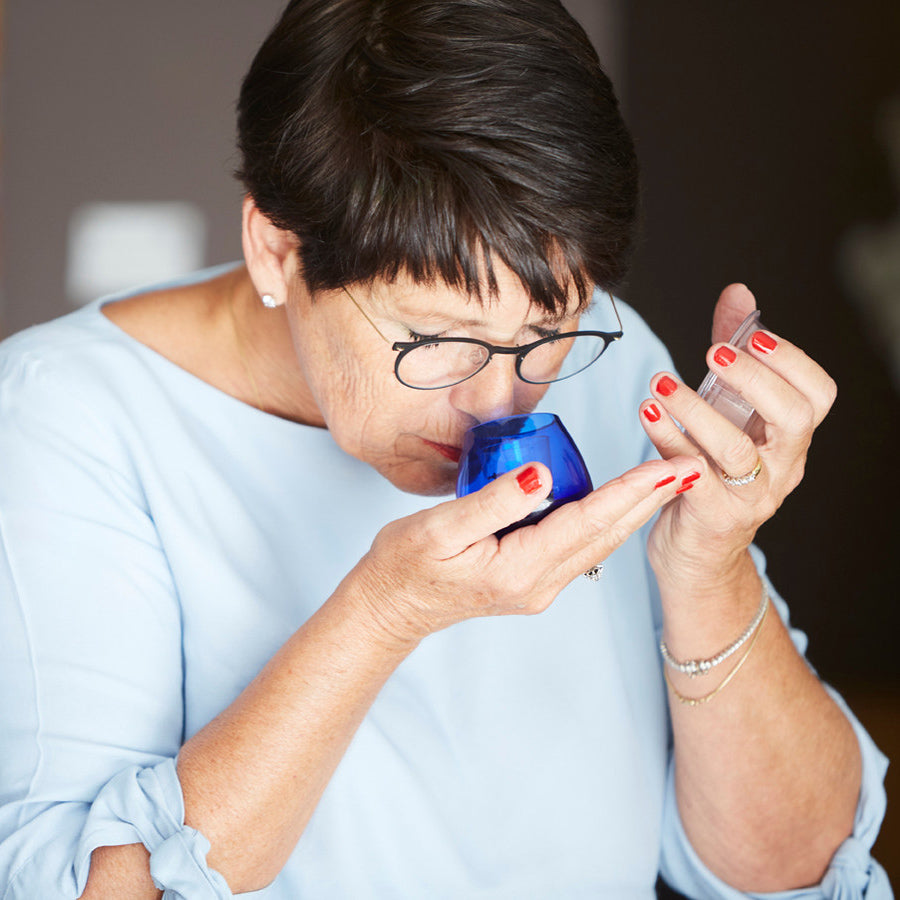

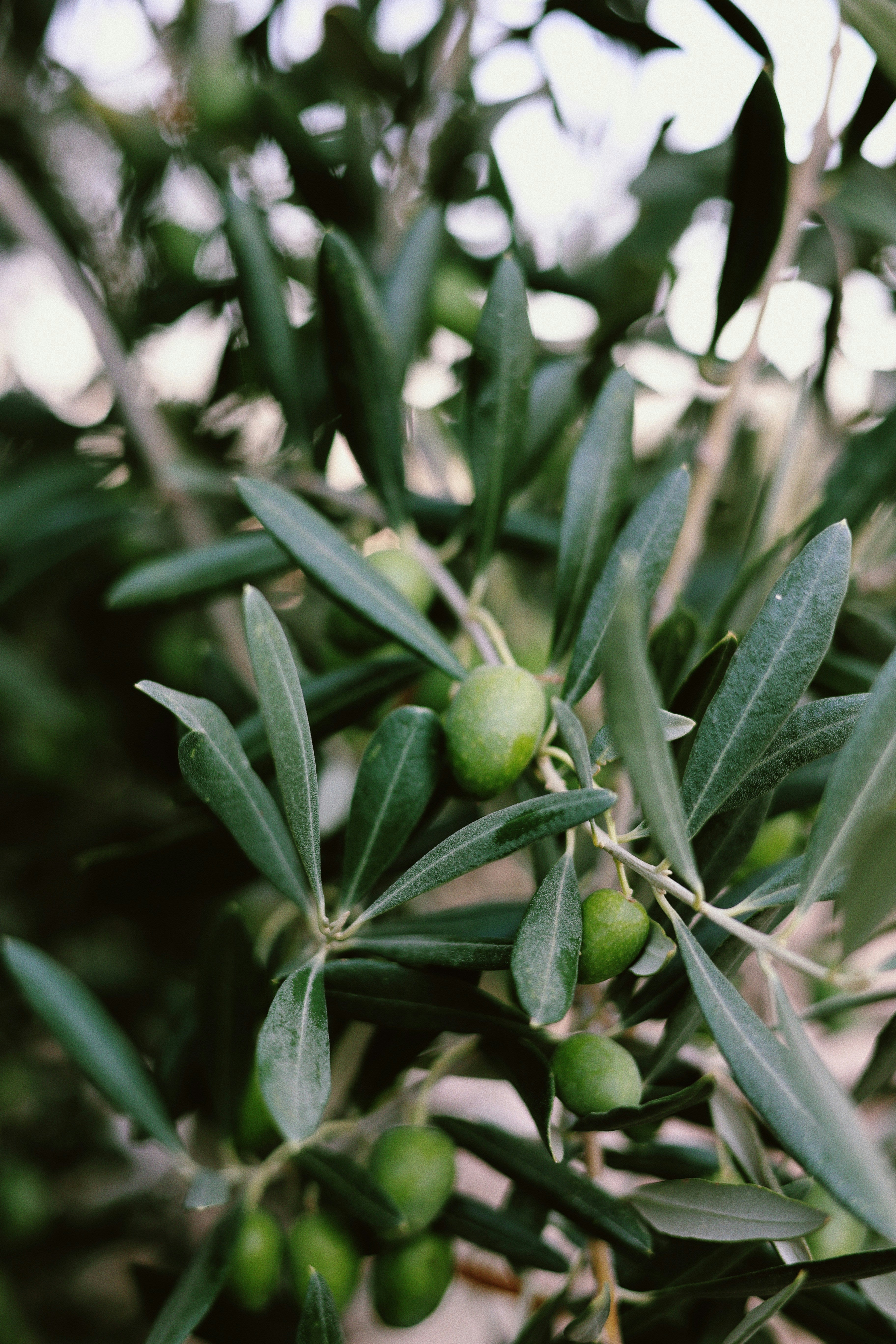
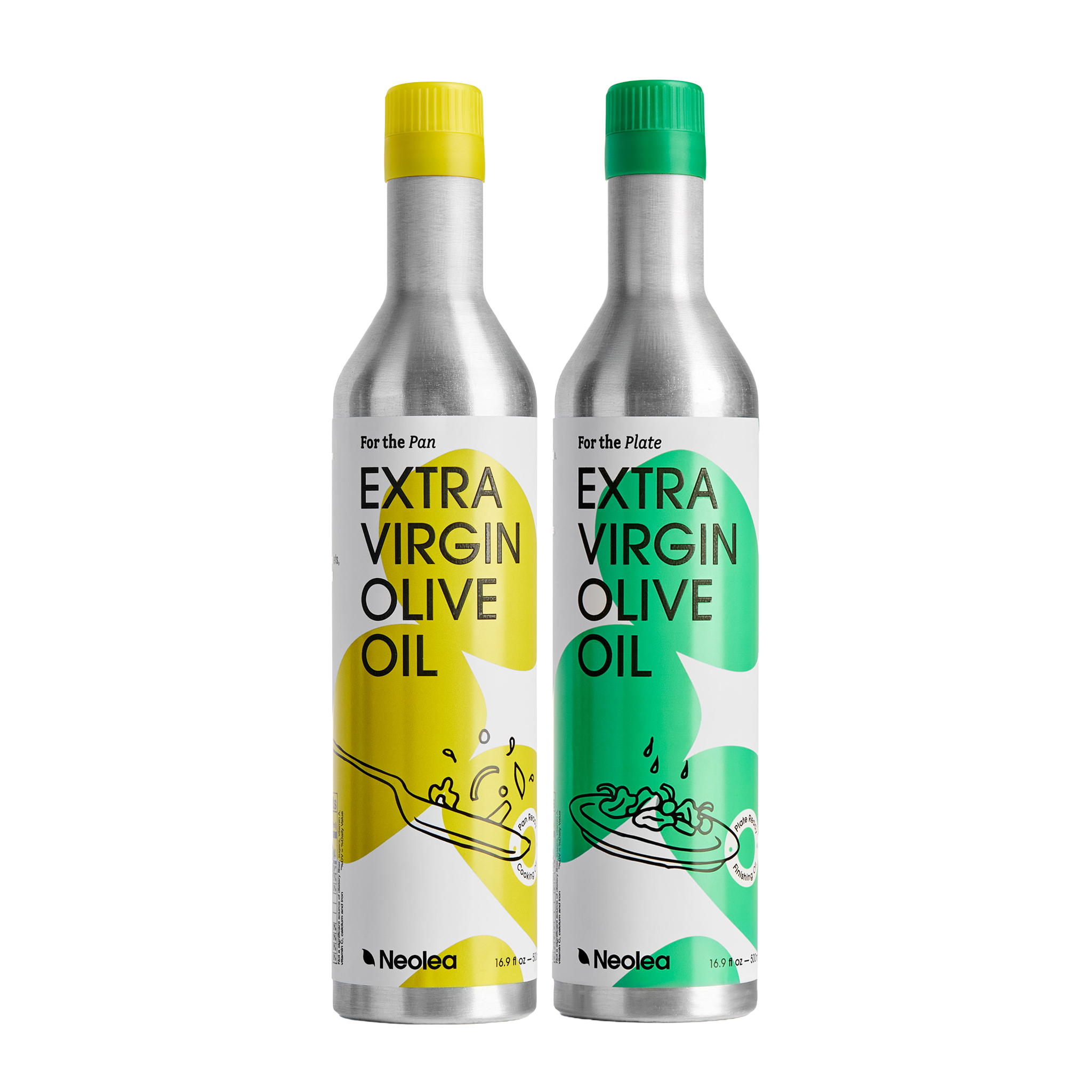

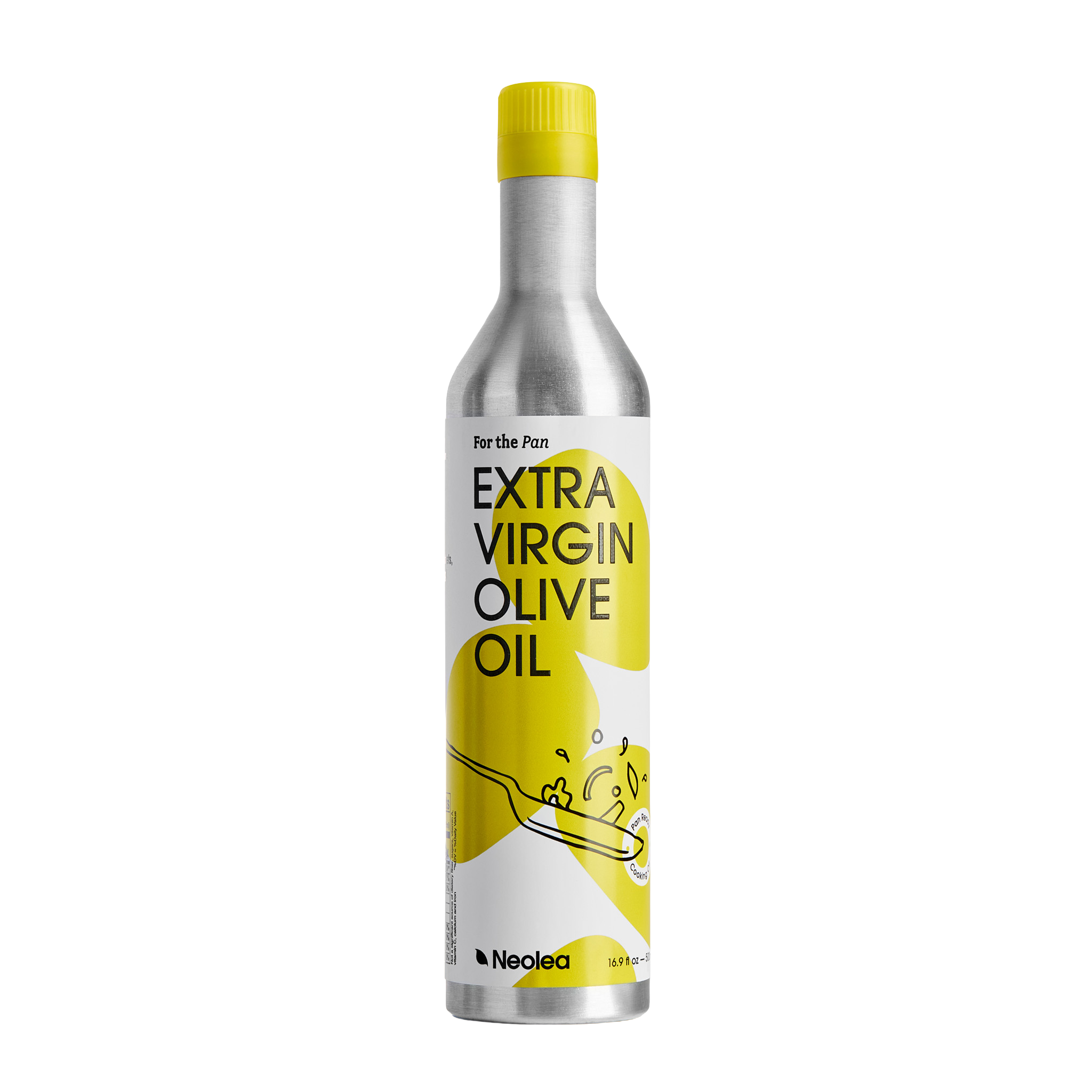

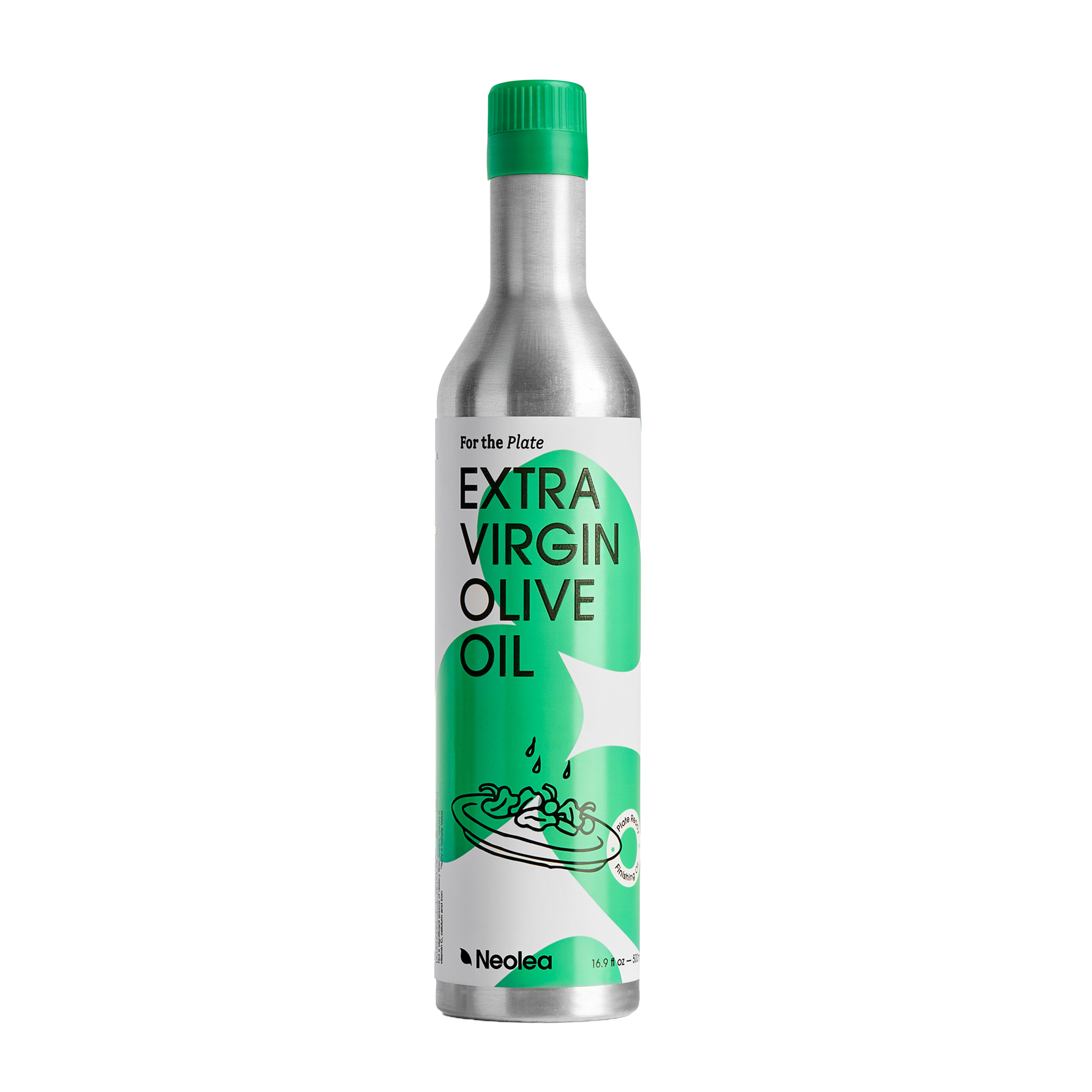

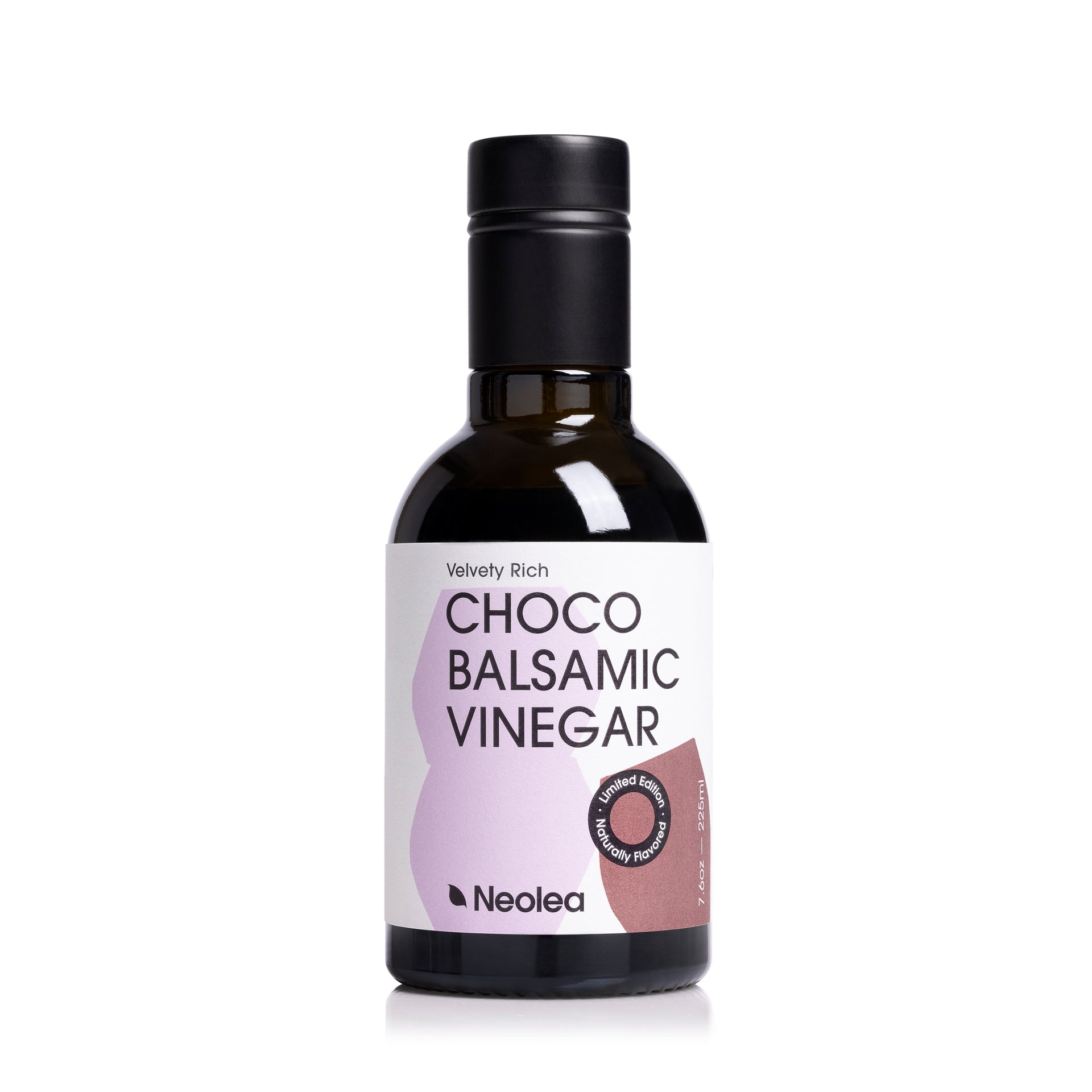
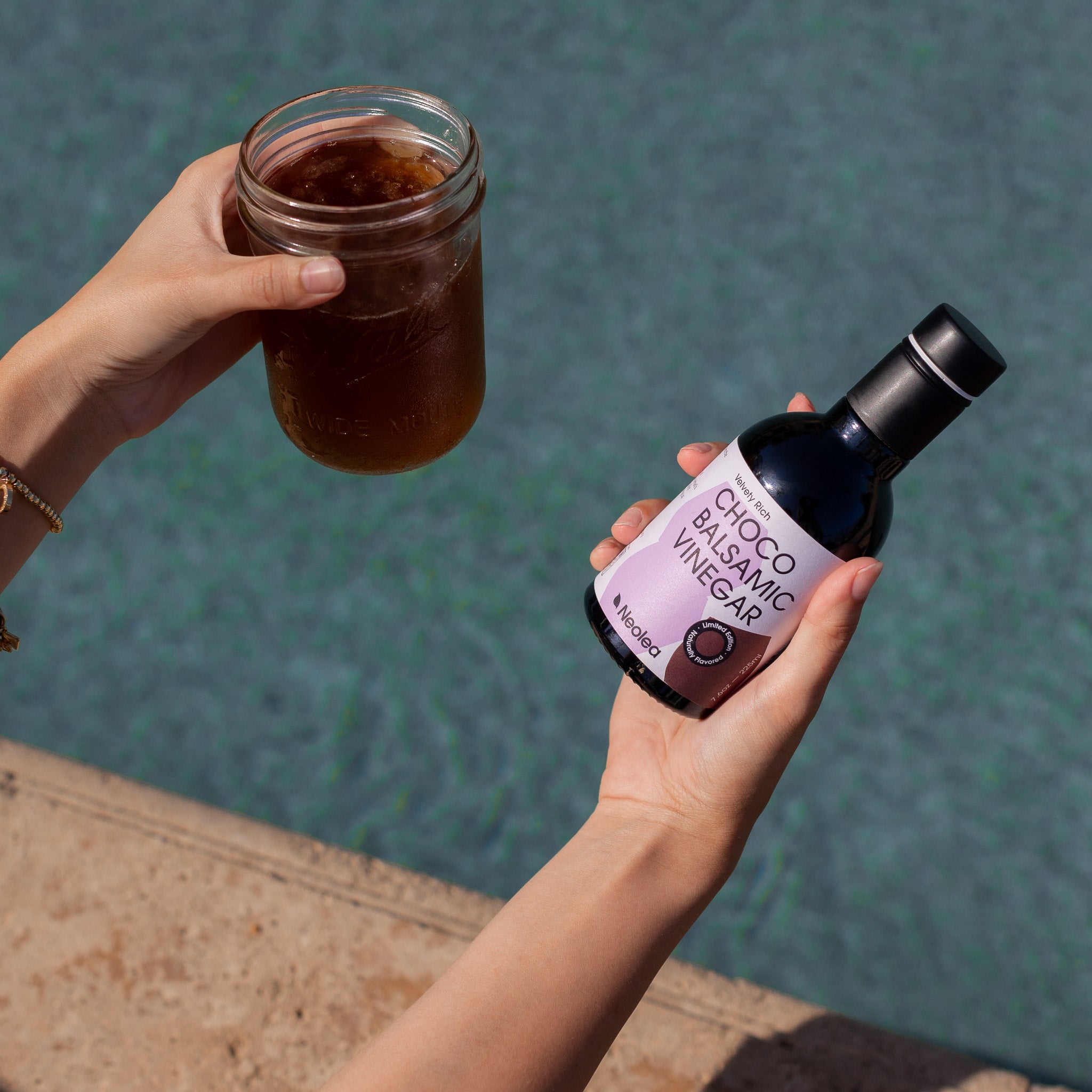
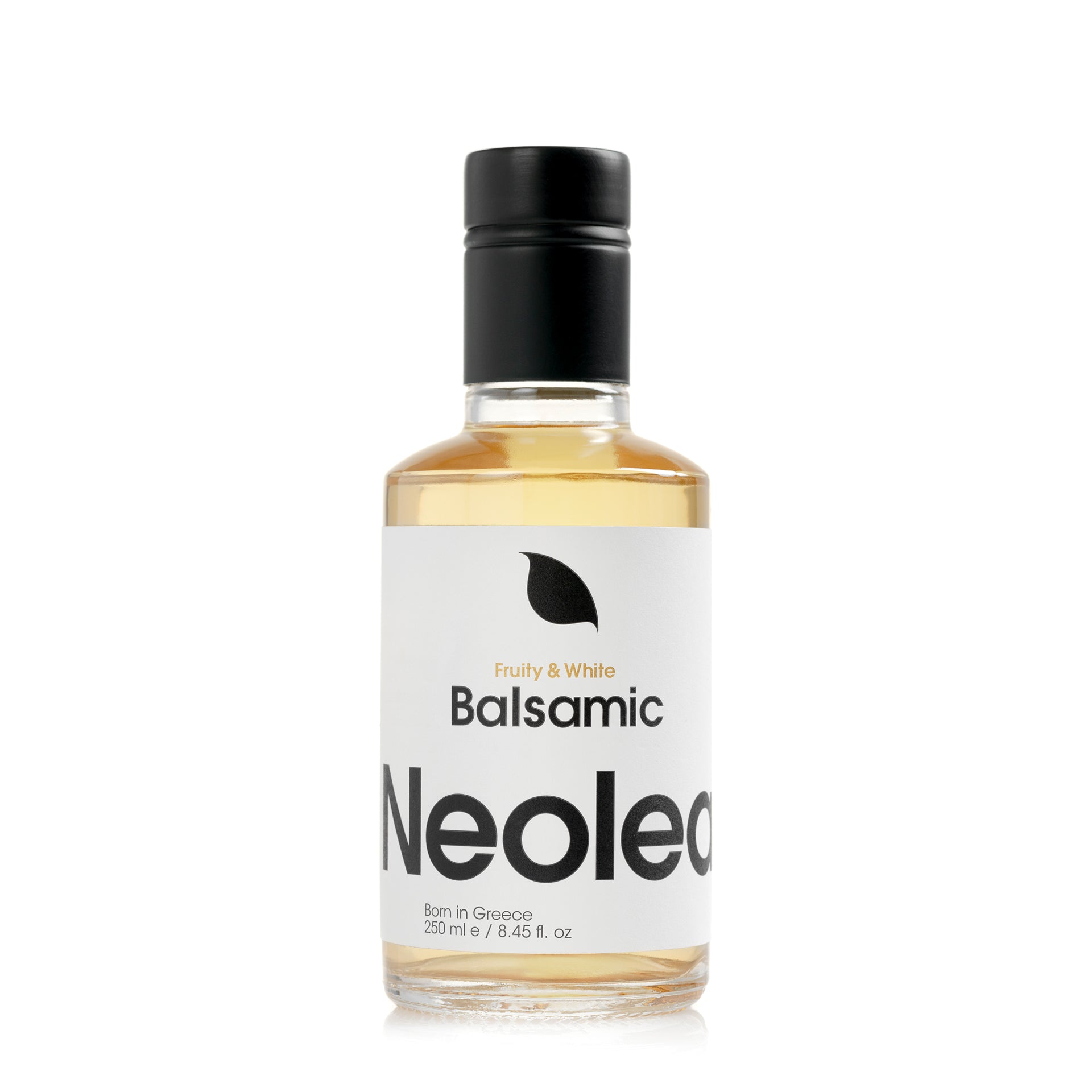
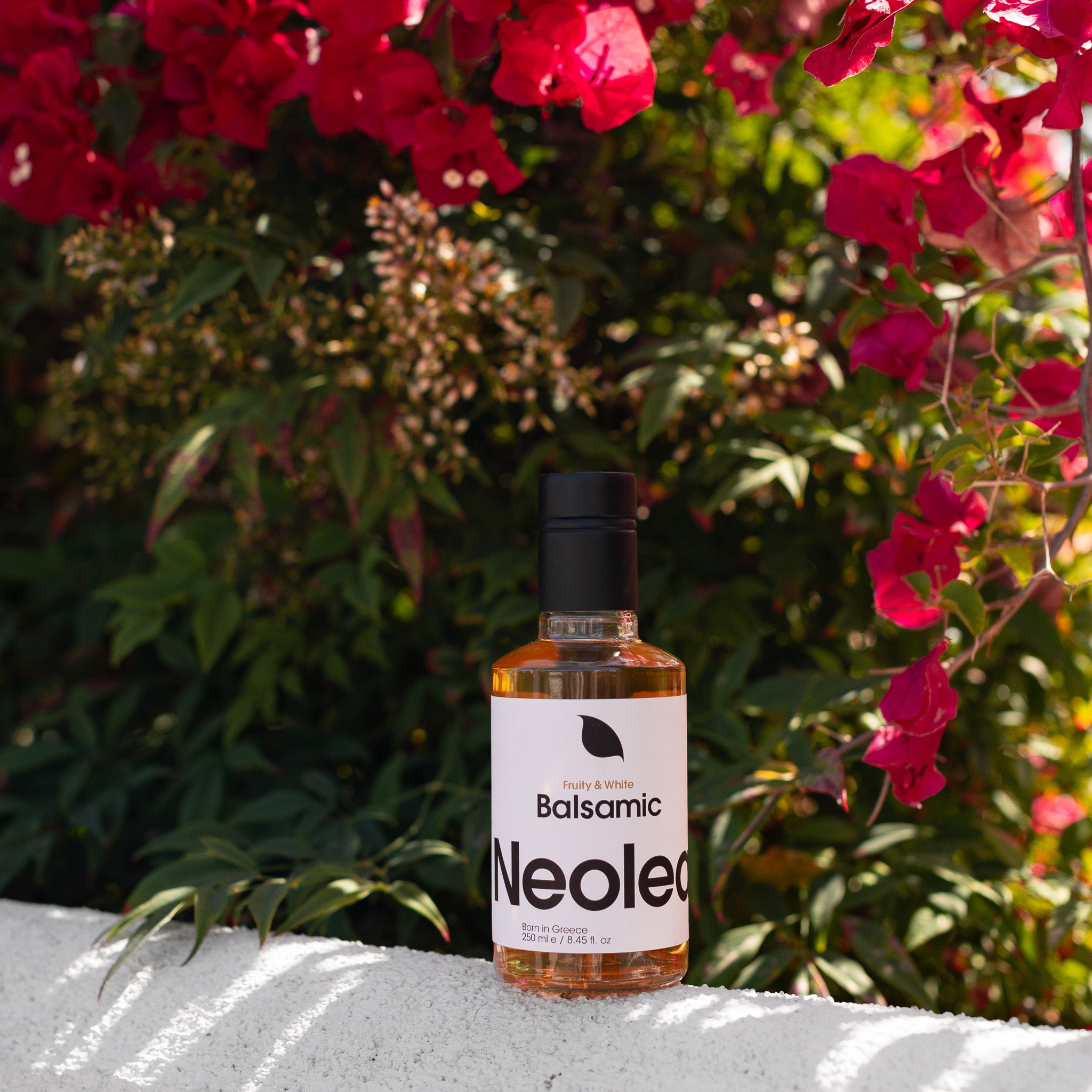
Leave a comment
This site is protected by hCaptcha and the hCaptcha Privacy Policy and Terms of Service apply.